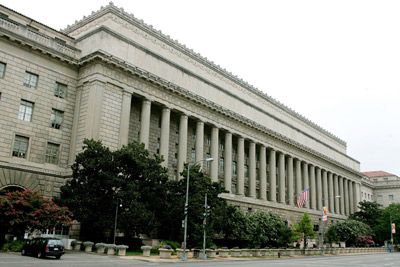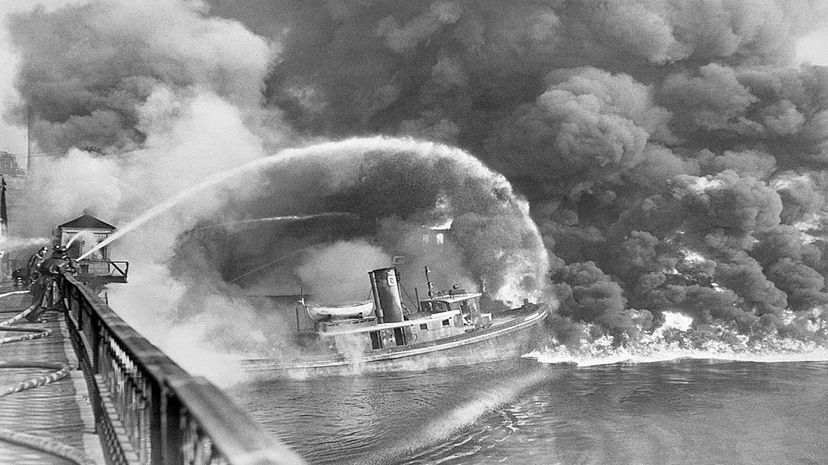
On June 22, 1969, the Cuyahoga River caught fire. But it wasn't the first time the waterway near Cleveland, Ohio, burned. The river was so polluted that industrial waste and oil-soaked debris atop its surface caught fire so regularly, this particularly blaze didn't even raise eyebrows among locals. But it did catch the attention of reporters at Time magazine, who published photos of the burning river and claimed it was so polluted it "oozes rather than flows."
Time's story on the burning Cuyahoga River sparked outrage among Americans, and brought national attention to the country's need to clean up its waterways and protect the environment. It eventually helped lead to changes like the Clean Water Act and the Great Lakes Water Quality Agreement.
Advertisement
The Cuyahoga article was even instrumental in President Richard Nixon forming the Environmental Protection Agency (EPA) in 1970. Its mission then — and now — is to "protect human health by safeguarding the air we breathe, water we drink and land on which we live."
But now the EPA faces an uncertain future with the threat of massive budget cuts, decreases in research funding and rollbacks of Obama-era environmental regulations, including those to America's waterways, streams and wetlands. Now, nearly 50 years after the EPA was created, there's serious talk about decimating it.
So has the environment improved since the creation of the EPA? Between 1971 and 1977 the newly formed agency hired freelance photographers to document problems for a series titled Documerica Project, and in 2011 the National Archives digitized more than 15,000 of the images. Take a look at some here to see how the environment looked before the EPA stepped in to clean it up.
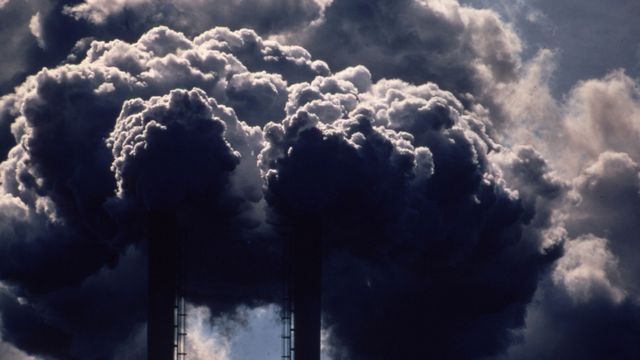
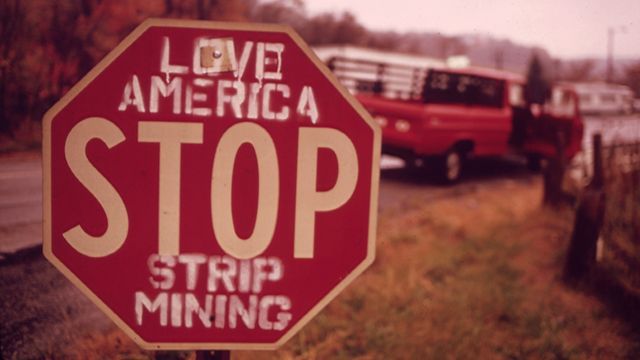
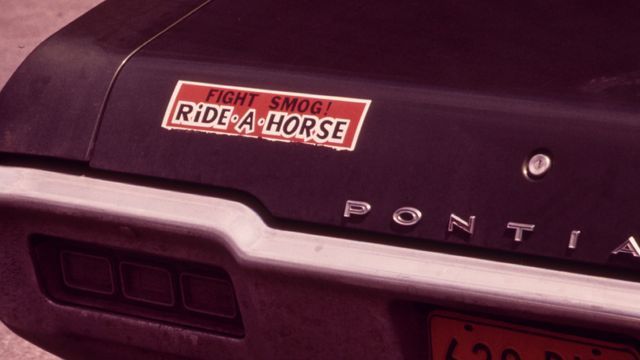

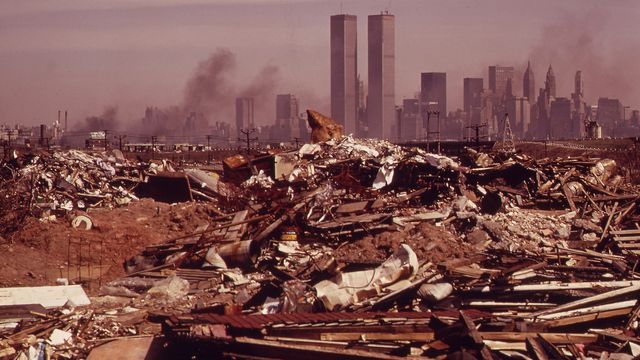
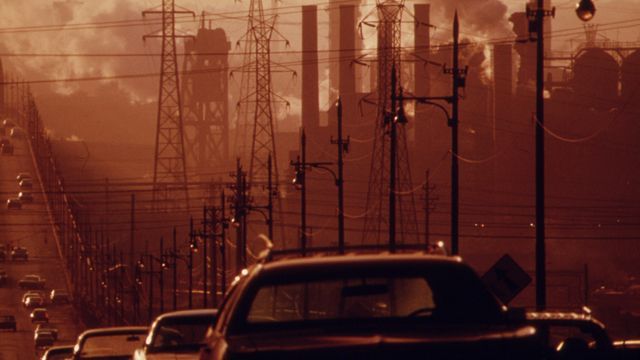
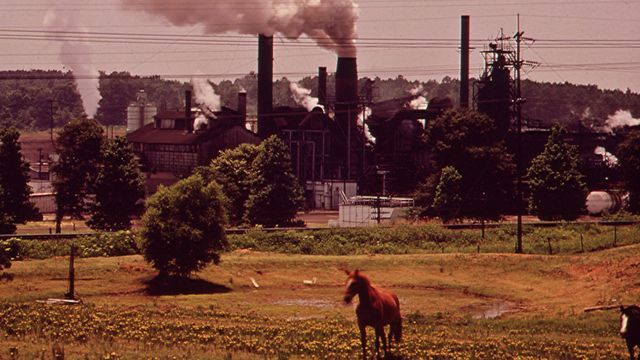
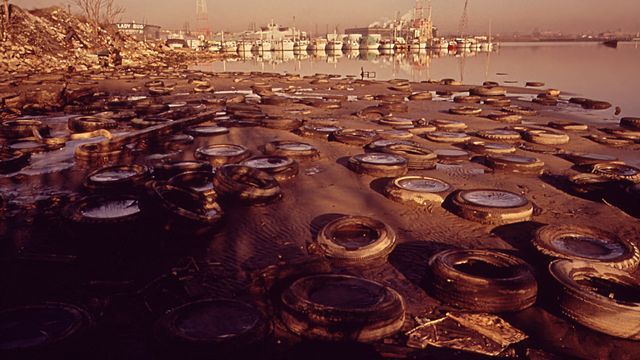
Advertisement
